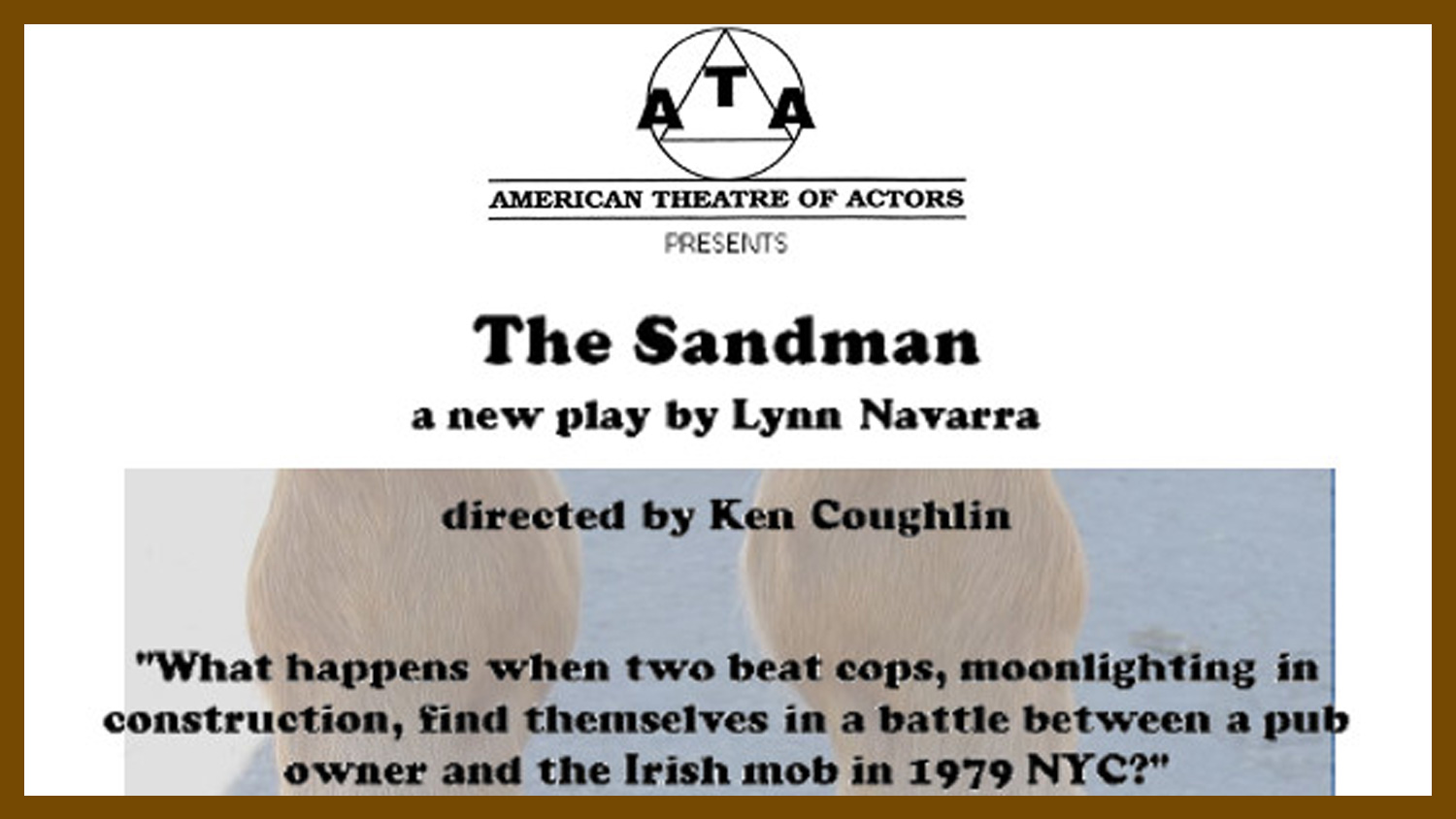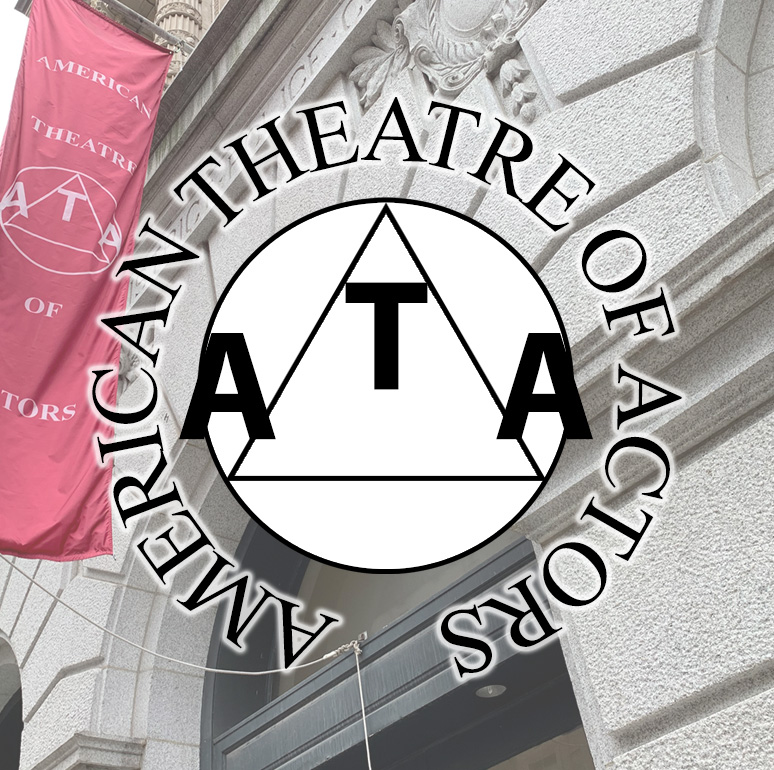










THE FAMILY SERENADE reviews…
Read the full Outer Stage review
Read the full Showtones review
ROMANCE WITH ORION reviews…
Read the full Drama Queens review
Read the full Outer Stage review
ELECTRA reviews…
Read the full Nuts Dots Bolts review
Read the full Showtones review
RESURRECTION reviews…
Read the full Drama Queens review
Read the full Arts Independent review
The Man Who Found Troy reviews…
Read the full StageBuddy review
The Cherry Orchard reviews…
Read the full Stage Buddy review
Read the full Outer Stage review
Guns, God & Gomorrah reviews…
Read the full Theater Pizzazz review
It’s All About Lorrie reviews…
Read the full HuffPost review
Read the full Show-Score review
A Spanish Harlem Story reviews…
Read the full Broadway World review
Read the full Drama Queens review
The Sandman reviews…
Read the full Broadway World review
Read the full Outer Stage review
Waiting for The Don press release…
Read on Broadway World

What People are Saying
“Beautiful theatre in the heart of midtown riddled in history!!! You can feel the energy of all the past shows the second you step in the door.”
Logan Curran
“Nice & cozy theater! Reasonably priced seats! I’d definitely attend another performance at this venue.”
Zondra Yamisse Collins
“Just saw a thoughtful play, with talented actors and thoroughly enjoyed the evening. This was off Broadway at its best.”
Jeffrey Macklis
“Went here for a friends play. It was a small and intimate place. Good for up and coming plays.”
Lovely Zee
“Great theater, I went here to go see The Drowsy Chaperone. The actors were amazing. The theater has an intimate setting. I could clearly hear the actors on stage from 5 rows behind. Definitely a cool place and I’ll be going back to watch some more theater.”
Alex McKenzie
“Amazing theatre. Beautiful historic building set in the heart of Manhattan and the theatre district.”
Melissa L. Freya
“This awesome place has many different things going on inside. Each floor offers something unique.”
Harry Glenn


Jake Minter HAMLET Photo by Luana Seu, The John Collum Theatre commemorative plaque Photo by Tad von M, HAMLET- the unit set Photo by Tad von M
HAMLET at The American Theatre of Actors by Tad von M
Merriam-Webster defines the meaning of GREENHOUSE as “an enclosed structure used for the cultivation and protection of tender plants.”
A principle component of the thesis that is the raison d’etre of The American Theatre of Actors is to provide a controlled and literate artistic environment for theatre artists, midway between conservatory laboratory workshop and high-pressure, big-budget, full production. The goals are two-fold: nurturing talent through the performance experience while providing audiences with excellent renditions of both familiar and unknown plays.
The ATA consistently succeeds in this initiative. The theatre maintains its ensemble by cultivating a carefully curated group of actors, each of whom it considers qualified not only to benefit from the greenhouse situation, but also whom it has judged to be capable of contributing to it by the degree of their passion and the quality of their work. Aspiring actors of little or no experience, recent conservatory graduates, mid-career professionals, and well-seasoned, highly experienced matriarchs and patriarchs are all in the mix.
In Artistic Director James Jennings’ honest, no-nonsense, presentation of Shakespeare’s HAMLET, which I attended recently, the casting embraced this entire kaleidoscopic range of talents and skills. His firm and generous leadership yielded the remarkably coherent result of a tight ensemble performance with sharply etched characterizations throughout.
For all its fame, HAMLET is a kind of self-contradictory theatrical Gordian Knot: on the one hand, it is a bullet-proof play, with an inherent greatness that renders it impervious to blunders by over-excited, under-qualified producers, directors, and casts; on the other; it appears to be practically impossible to deliver a production of HAMLET, at even the highest level of expertise and artistry, which sounds all the notes of its chords and fully encompasses its extraordinarily broad range of demands, many of which are non-negotiable.
At the center of this “Hamlet Predicament is the casting of the title role. The character, as written, is young: just how young is a matter of some scholarly disagreement, based on a variety of texts and their analysis. Some place him at sixteen; others at thirty. Despite this broad gap, the character remains… young.
The actor who accepts this role must therefore project not only the appearance and mannerisms but, for starters, the vocal and emotional tone of youth, as well as its triumphant – sometimes mistaken – self-discovery, humble confusion, and arrogant bombast; a tall order for an actor of any age.
The Hamlet at The ATA is Jake Minter, who makes a very good overall impression in the role. He comes to the part well enough educated, deeply involved at The ATA, and already making his way through the labyrinth of Off-Off-Broadway, independent film, and his own original work.
Minter is clearly a prepared artist, with rigorous standards, a sharp intellect, and an acute sensibility: all absolutely necessary to render a Hamlet of stature.
Importantly, he is able to project a temperament which, as an affect, is largely responsible for his Hamlet being taken seriously. I found him at his best in the intimate scenes: most particularly, his “crise de conscience”, when deciding that he ought not kill The King while the man is in prayer, a high point of the evening.
Minter has further work to do relating details of text to rapidly changing circumstance. In the course of his performance, the thought recurred with some frequency that this Hamlet already knew the answers to many of the questions he was asking, often a pitfall of serious study. As to developing further physical and emotional stamina, and variety of vocal dynamics, well, practice makes better.
Hopefully this is not Minter’s last Hamlet, and he will do the work needed to take the next steps in further developing his grasp of this role of roles. It would be quite a service to The Art were he to cultivate this brave and good start into dominion over the role. Someone once said: “I didn’t come this far to only come this far.”
The debonair pendant to Minter’s ill-mannered Hamlet was the suave Laertes of Billy Gillen. In a very appealing performance, he sculpted the character in high relief, and portrayed the full emotional range of Laertes from jovial, affectionate brother to the murderous rage of betrayed friend.
A second high point of the drama was his duel with Hamlet. The two were well matched, and their ability to imbue basic fencing moves with murderous intent, hair-raising speed, and decisive precision was a riveting moment of theatre magic.
Amber Brooks (Ophelia) is a leading lady in the making; in the near term, Beatrice and Kate, later Lady Macbeth, Clytemnestra, and Medea. With clarion vocal tone and imposing stage presence, her future in classical drama, should she continue in that direction, appears to be assured.
Very notable was the triple tour-de-force appearance of Dustin Pazar, delineating three roles with needle-sharp precision: a sympathetic Bernardo, the charming Rosenkranz, and an absolutely splendid First Gravedigger.
Special mention must be awarded to Willam Greville’s Pollonius, a most amusing portrait of sly whimsy. This caliber of character acting hearkens back to the exceptional men at The Deutsches Theater of Max Reinhardt and the exquisitely erudite stage work of Luchino Visconti in Rome and Spoleto; character acting an Art still thriving on European stages, too rarely seen and often misunderstood in The U.S. Alan Hasnas and Marie Laine were the illicit lovers Claudius and Gertrude, a portrait of bottled-up sexual energy in a romance that was also a business deal; the burly, solid, presence of Hasnas an excellent foil to the nervous, guilt-ridden, fashion-conscious desperation of Laine. On a lighter note, Carolina Larion added a touch of spicey physical comedy to her lovely Player Queen.
HAMLET was produced in tandem with Seneca’s PHAEDRA (reviewed on this site in September) as centerpieces of The ATA’s Classical Revival series. It is a splendid coupling. The work of Seneca was the guiding inspiration for much of Tudor and Elizabethan theatre. Passing mention is made in HAMLET of Seneca’s dramas (and the comedies of Plautus). Strong links between HAMLET and PHAEDRA include the complex and violent Mother/Son relationship, and the noble decision by both heroes, Hamlet and Hippolytus, not to avenge themselves by murdering the adversary who has wronged them.
HAMLET is touted as Shakespeare’s longest play. At The American Theatre of Actors, HAMLET breathed easily and naturally with a running time of exactly four hours. I regard my long evening with ATA’s HAMLET as time well spent.
This presentation of HAMLET took place in the seven-year-old theatre named for a great man of the stage and screen, John Collum. The superb state-of-the-art acoustics allowed the audience to experience and enjoy Shakespeare without the use of amplification by stage or body mics. It was wonderful to hear the voices ring out in the space without the mechanical assistance of a sound system.
I urge the reader to keep abreast of ATA’s activities, and to seriously consider adding them to any list of tax-deductible contributions you might make, which can be processed via their easily navigated website: https://americantheatreofactors.org.
The American Theatre of Actors is most worthy of your support, and you are virtually guaranteed to appreciate and enjoy the work they do.

